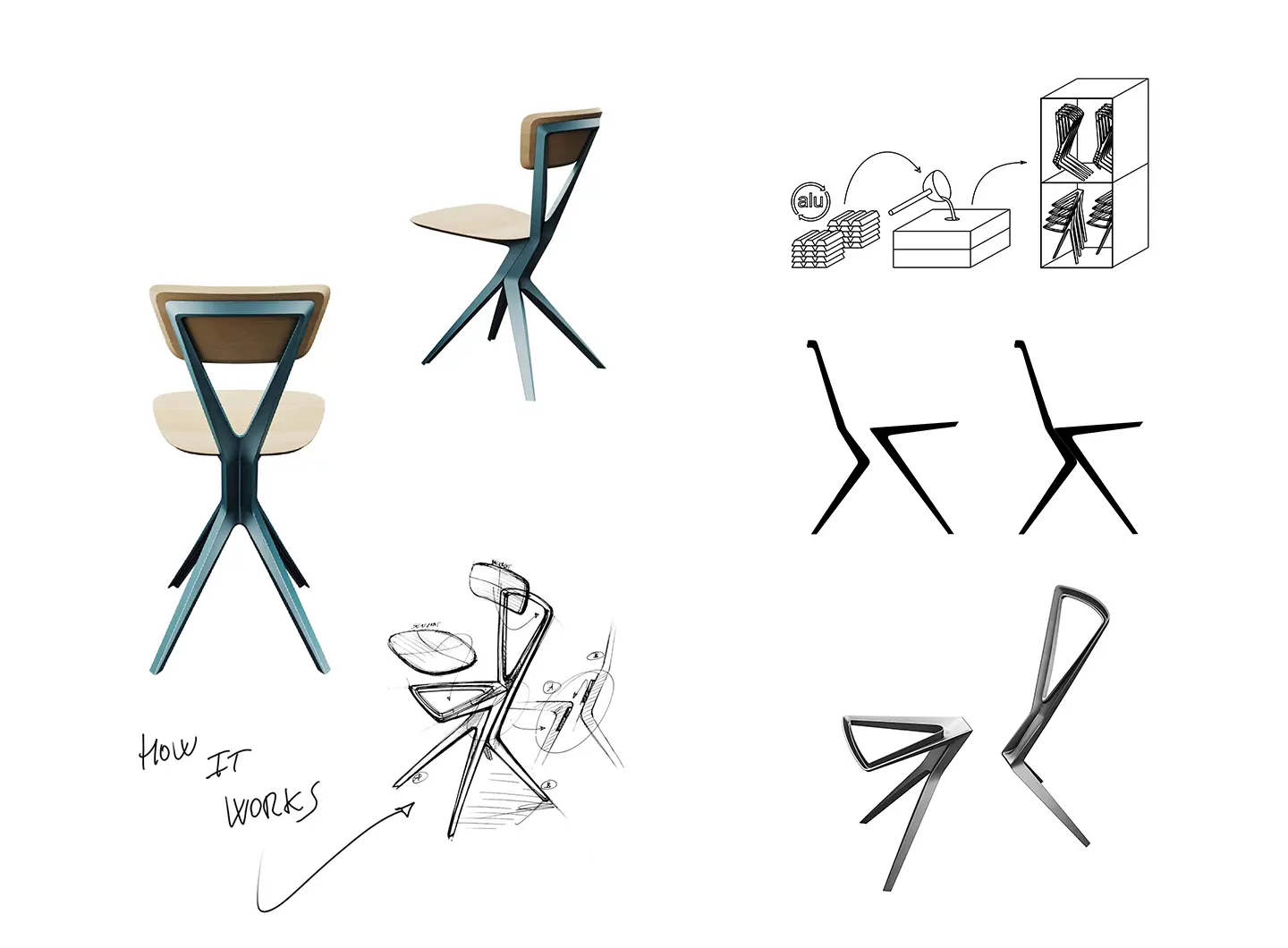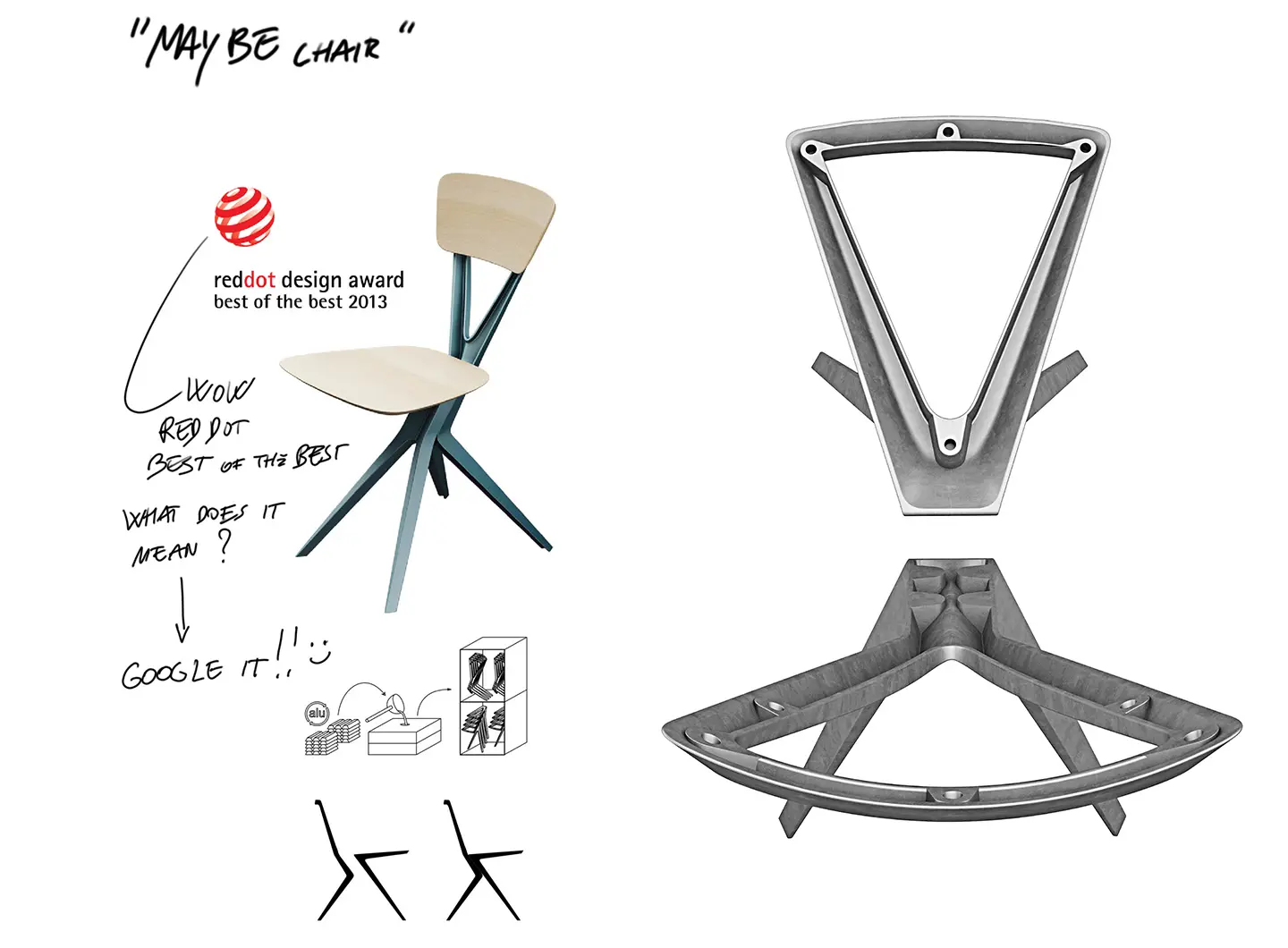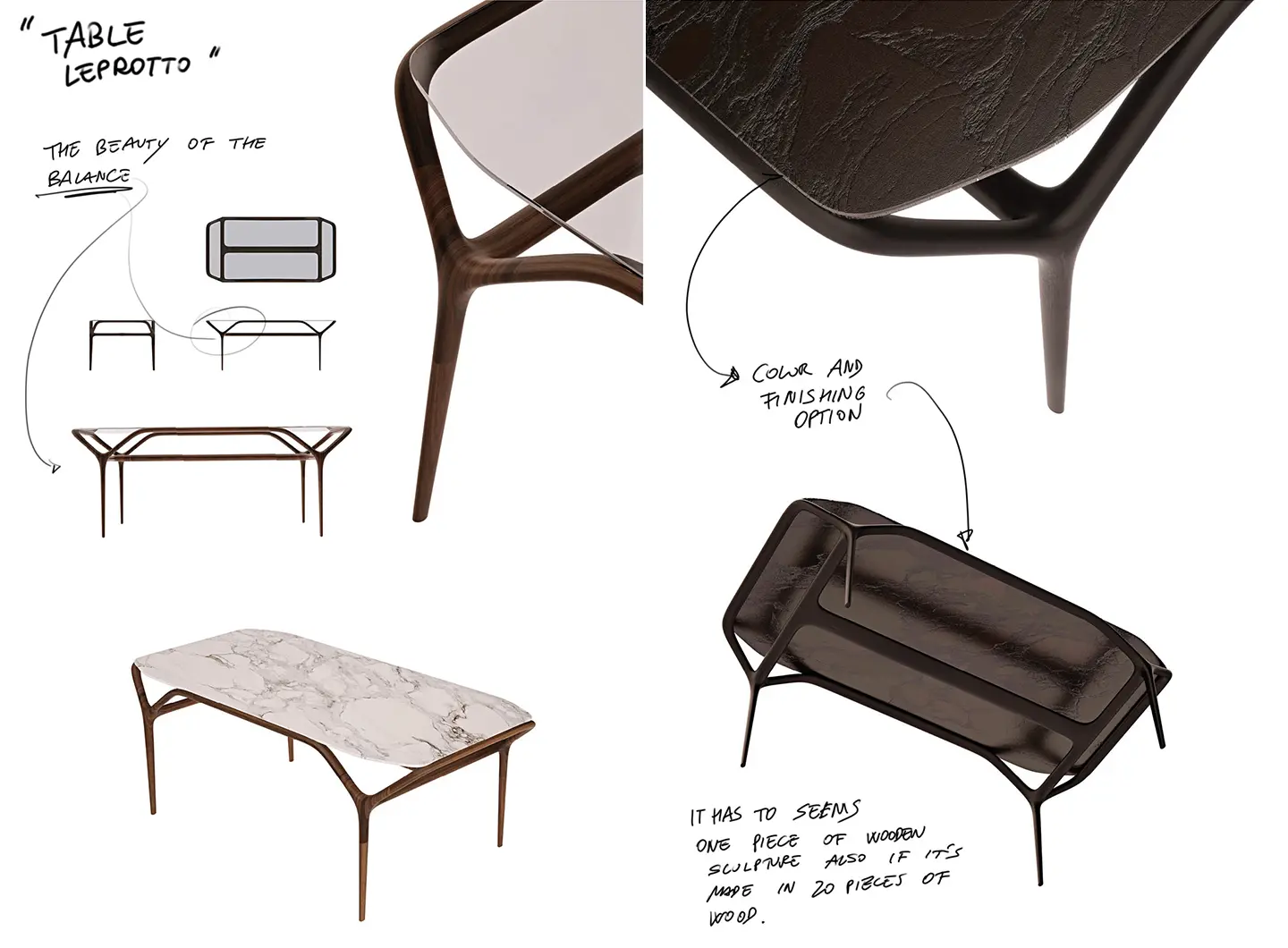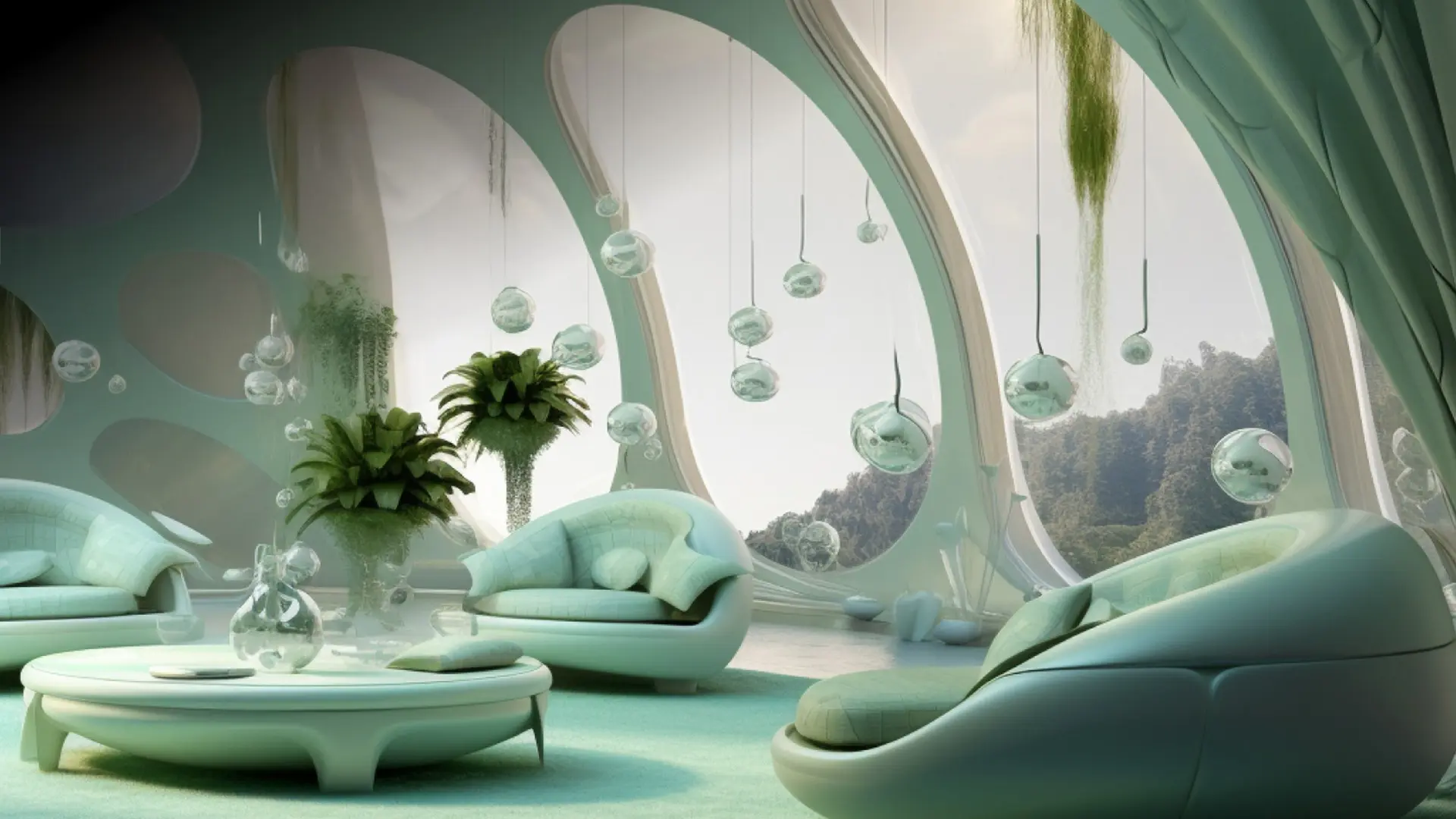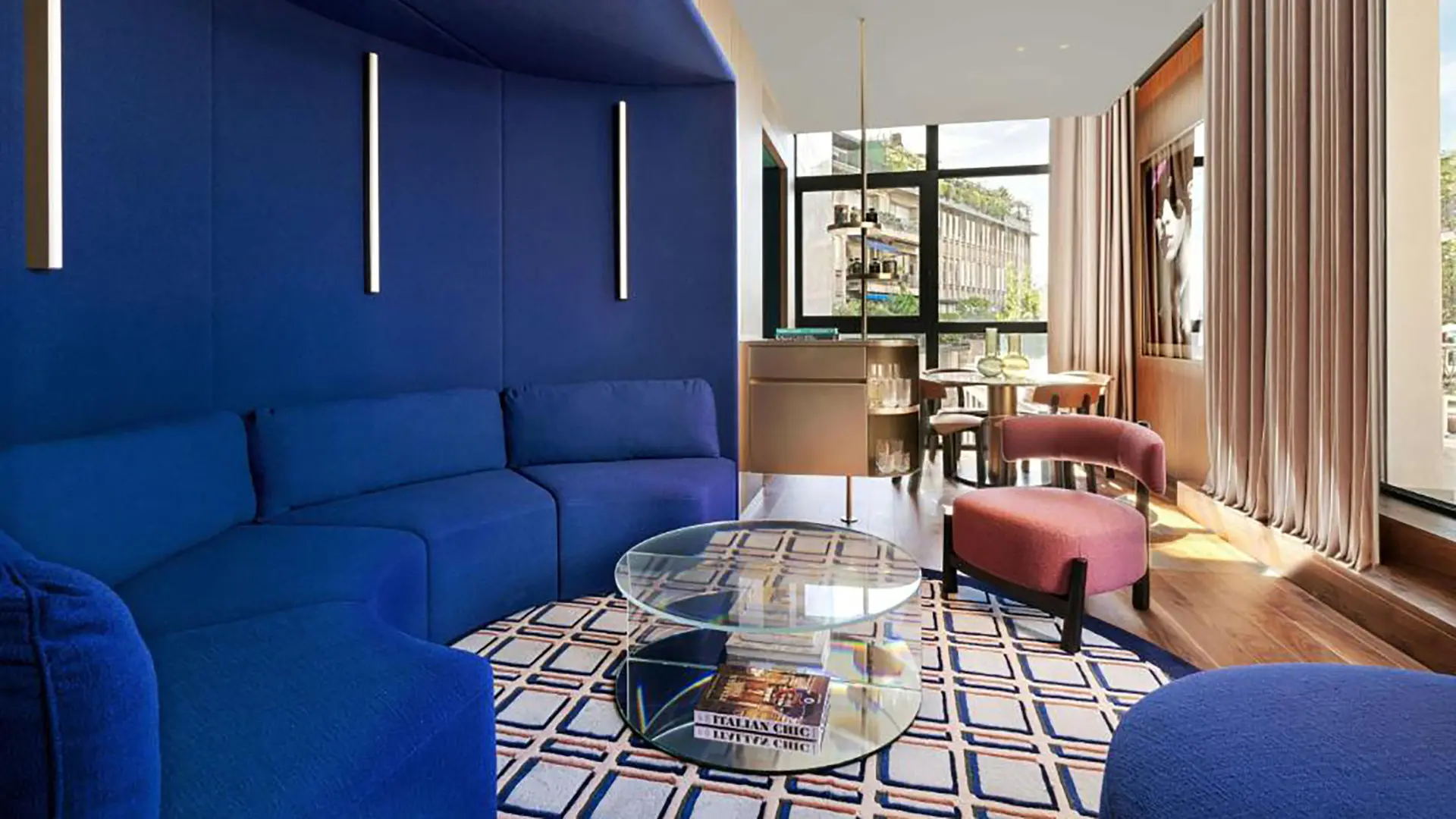From the Tokyo Design Awards, to the NY Product Design Awards & Architectural Design Awards, Best in Design, the NEB Trophy Design Competition, the Good Design Awards® and the Africa International Design Awards (AIDA), all the international news not to be missed in 2026
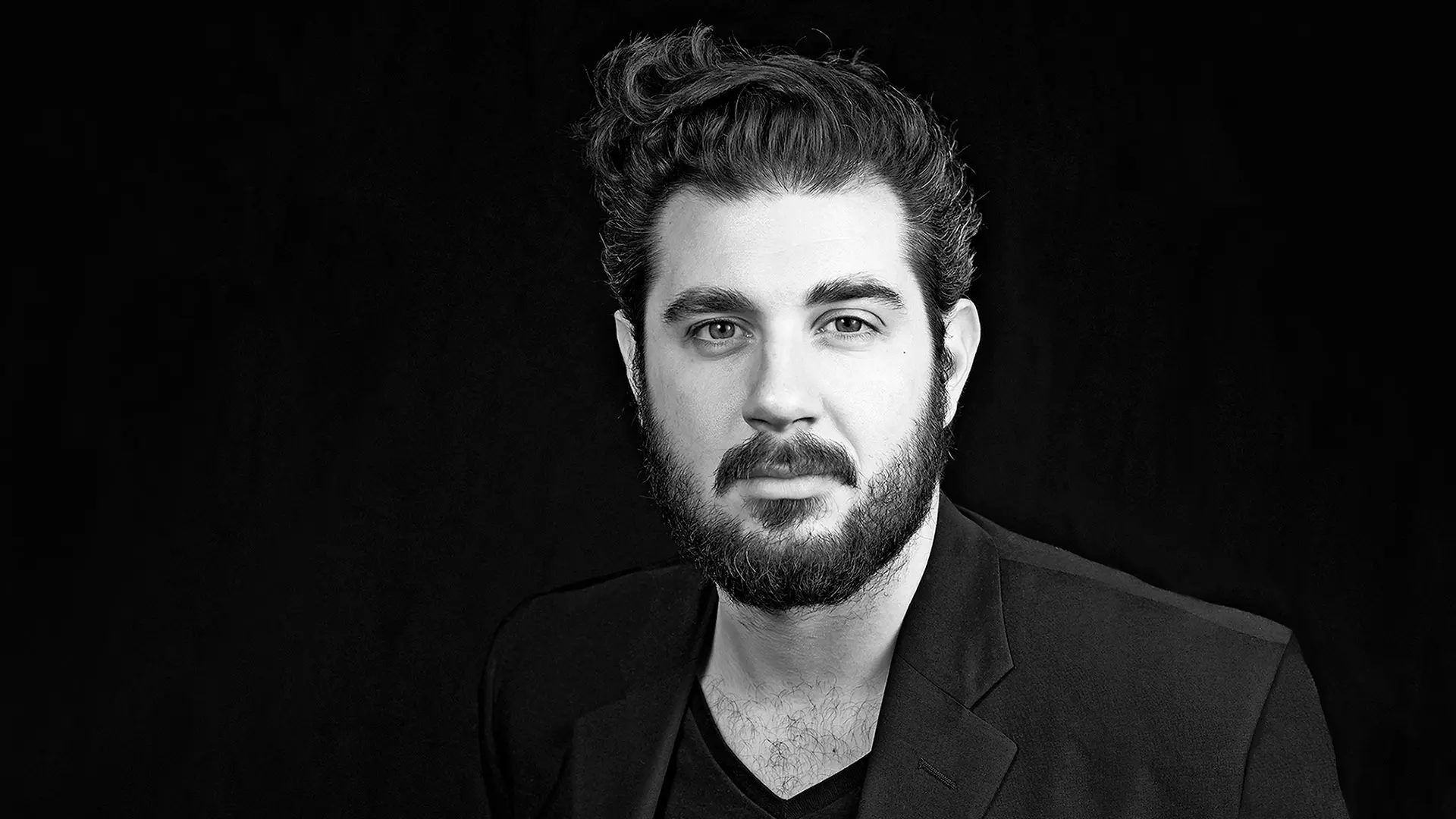
Chairs are his passion: every year he produces one. His chosen path is traditional design practice, whilst exercising the utmost responsibility.
He immediately rose to prominence once he started working for himself in 2011, and has won one prize after another, including the 2013 SaloneSatellite Award. With experience in many different design fields, his great passions are chairs, which he designs very cleverly, and well made things. He is focused on craftsmanship, rather than the future, he is particularly concerned about the present day, believing that it is our duty to act as responsibly as possible. Without further ado.
www.andreaborgogni.net
This chair is currently the most complicated project I’ve ever embarked upon, triggered by an idea but with no actual client in mind, and managing to produce it even as a sample for exhibit was a huge financial and design effort. I’ve learnt a lot, though, especially that the best ideas often do win prizes, as in this case, but that just as often companies are afraid of paying for the production. I trained as an industrial designer, and for me replicability, usability, ethics, durability, form and function are what form the basis for a good product, beautiful or ugly as it may be. So, so far, I have decided to look for funding on the crowdfunding platforms so that I can produce a project myself that will respect the environment, be durable, easily shipped, robust and generally attractive.
I love chairs, every year since I’ve worked as an independent designer I’ve designed and produced or had produced at least one chair. It’s a passion that took hold of me when I was little and some passions can’t be explained, just indulged, and I do it every day. I showcased two chairs at the 2019 Salone del Mobile too.
I think industry today has changed radically since I was a student. It no longer exists, or at least, the manufacturers have moved into contract furnishing to boost their margins, and then often have go back to handmade because the editions of the pieces or the design are so exacting that there’s no other option, and here I have to say that developing my own products has helped me a great deal, in fact I often act as a go-between for industrial clients and craftsmen, resolving problems.
I’m happy about my career path, even though I couldn’t really tell you what precise point I’m at. Perhaps, in some ways, this is the best point because I have a great desire to experiment, improve and work. Perhaps, in others, it’s the worst point because it is still hard gaining a foothold in some well-trodden paths … and I sense a great saturation, which often makes me wonder if all this can last or whether it’s already time to look to the future from a fresh perspective.
The future is so close that we really need to take on board the fact that we can’t keep putting off improvements or that classic upgrade until later. We must not lose sight now of our ethical and environmental values, as so often in the past. So I believe that peaceful co-existence will also see a new tradition in terms of designing and making things.
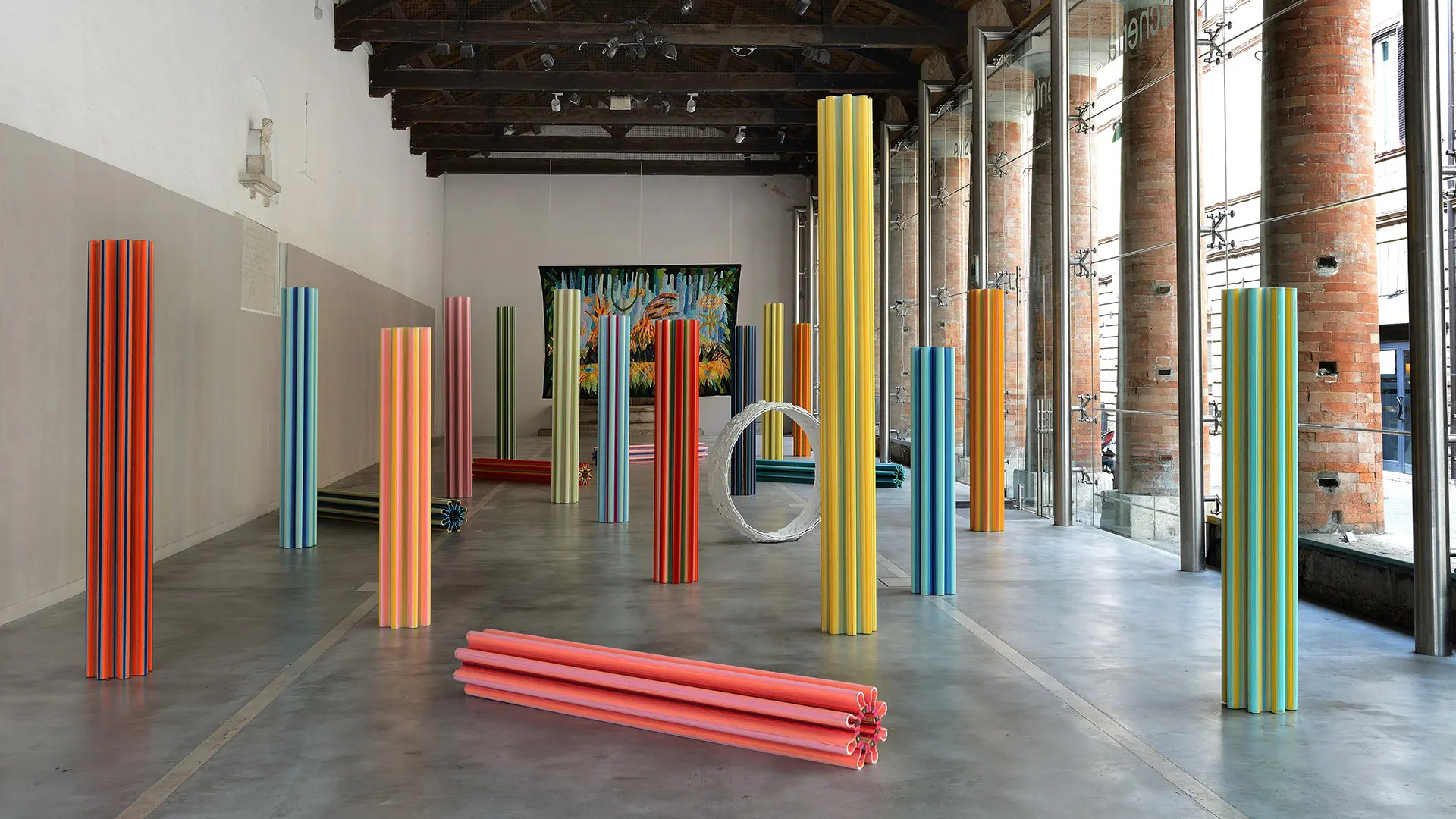
10 design exhibitions to see before the year’s end
They are all Italian and all in some way draw on the theme of memory. This is true even when they deal with current sporting events associated with the imminent inauguration of the Winter Olympics. There are ten of them and for the most part they are held in the most reserved cultural circuits, outside the mainstream. It’s even better when they’re out of town, bringing historic residences to life with gleams and flashes of good design



 Stories
Stories
